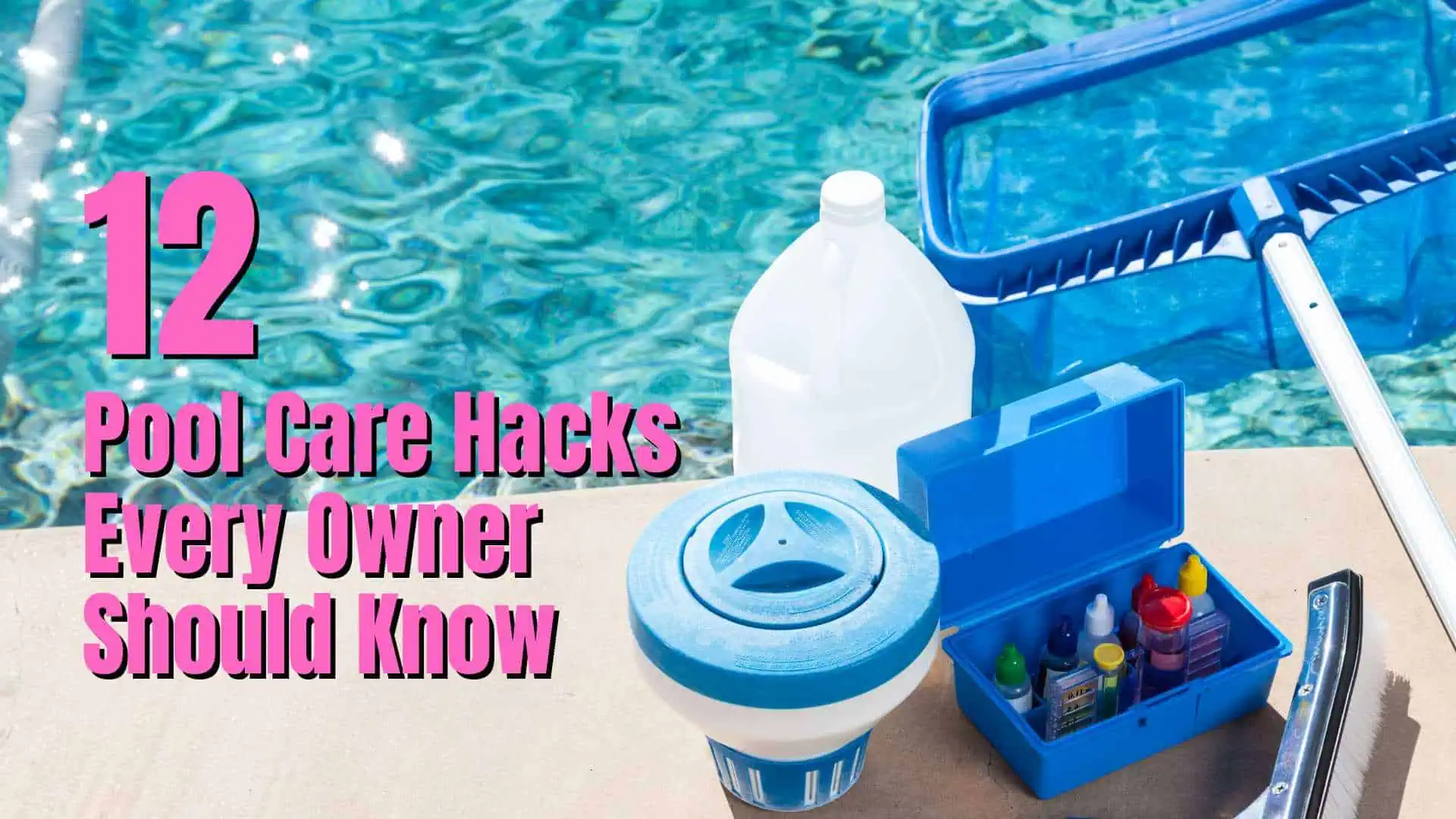A hot tub is a luxurious addition to a backyard that can provide a great place to relax and unwind after a long day by spending your evenings relaxing in warm water, bubbles, and peace.
If you are considering installing a hot tub, you may be wondering can a hot tub be placed on gravel?
In this article, we’ll explore the pros and cons of installing a hot tub on gravel and provide some tips for making sure that your hot tub is properly supported.
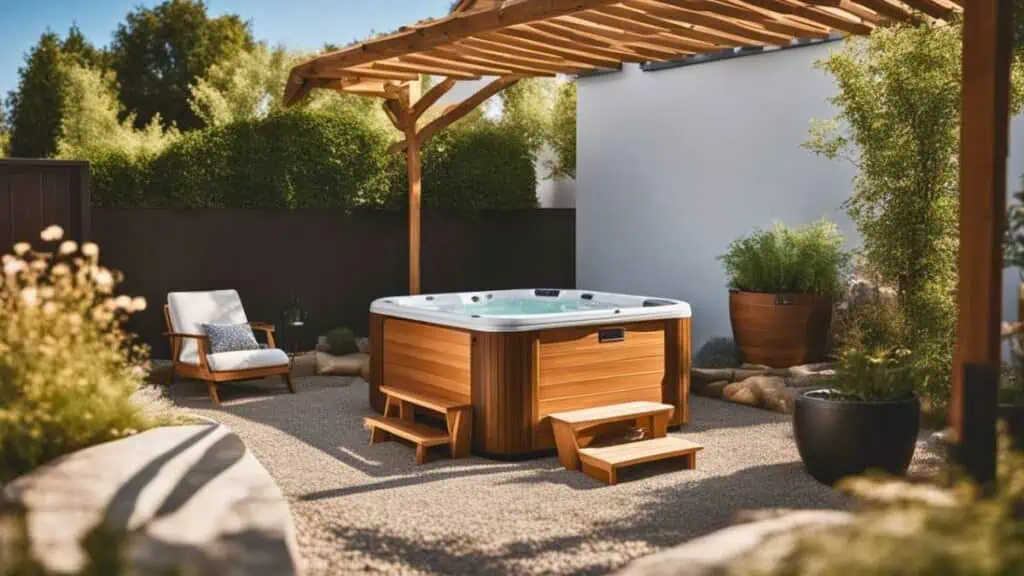
Can you put a hot tub on gravel? Yes, you can put a hot tub on gravel. However, it is essential to ensure that the ground is level and stable enough to support the weight of the hot tub. Using a solid and compacted gravel base can provide a suitable foundation for your hot tub installation.
Is a gravel hot tub base suitable?
An advantage is that gravel will not warp or crack. It will settle and conform to the shape of the base of a hot tub.
Gravel is relatively cheap and significantly easier to use than concrete, making it a convenient option to use as a hot tub base.
Gravel is also a good material for draining water and does not tend to get waterlogged. Rain and other water will quickly run down through the gravel. This means that the bottom of the hot tub, which is normally made of wood, will not constantly sit in water and eventually rot.
One disadvantage is that if you extend the gravel base beyond the hot tub sides, it is not a great medium to step onto when getting in and out of the hot tub. So, some form of more solid and flatter material will be required, such as paving slabs or decking around the hot tub.
Finally, gravel generally looks good.
What is the best gravel for hot tub base?
When it comes to selecting the appropriate type of gravel for a hot tub base, several factors need to be considered.
The type of gravel needed largely depends on the specific requirements of the hot tub, such as its size, weight, and the desired level of stability.
- One commonly recommended option is crushed stone, which provides a solid foundation due to its compact nature. Crushed stone typically consists of angular fragments that interlock, enhancing the base’s strength and durability. Furthermore, it allows for proper drainage, which is important for preventing water accumulation beneath the tub.
- Another suitable option is pea gravel, which consists of small, rounded stones that offer good drainage capabilities while providing a softer, more comfortable surface.
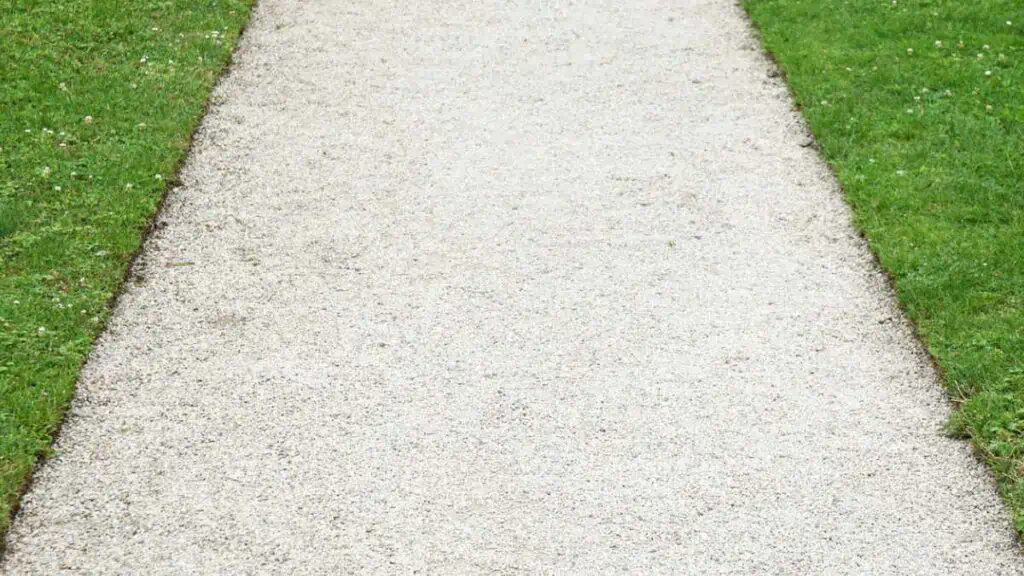
Steps to make a gravel hot tub base
- Clear away any debris from the site where you will be installing your hot tub. This will make it easier to see the ground and identify any areas that need to be leveled.
- Measure the dimensions of your hot tub and mark them on the ground with spray paint or pegs and string. This will help you determine how much space you need to prepare for the hot tub.
- Begin by leveling the ground as much as possible using a shovel or a rake. You may need to remove some of the existing material, particularly if it is grass.
- Make sure to allow for where the electricity supply will be fed to the hot tub, as this may need to be laid under the ground and up through the gravel base.
- Check with a level that the area you have prepared is level and adjust as necessary.
- Next, to contain the gravel, create a frame using wood beams or concrete blocks. If you are using wood beams, place them on the ground and attach them together using screws or bolts. If you are using concrete blocks, place them on the ground in a grid pattern.
- You may want to consider laying a water-permeable membrane to prevent the growth of weeds at this point.
- Now, fill the frame with gravel and spread it around evenly.
- Once you have a relatively flat surface, use a “tamper” to firm the gravel to make it more stable. You can either hire a mechanical tamper or make one using a garden rake temporarily attached to a heavy piece of wood.
- Use a level to check for any slope. Place the level on the gravel and check to see if it is level in all directions. If the ground is not level, use a shovel or rake to add or remove gravel as needed to bring the ground to a level state and then tamp again.
- Repeat the process of checking the level and adjusting the gravel until the ground is completely level. Be sure to double-check the level in all directions to ensure that the hot tub will be stable once it is installed.
- Once everything is level and stable, you can proceed with installing your hot tub according to the manufacturer’s instructions.
- When you’re finished, you should have a sturdy, level hot tub base made entirely out of gravel. With proper maintenance, this base will provide a stable foundation for your hot tub for years to come.
Why do you need a solid base?
A hot tub is not much more than an empty shell made of acrylic or plastic with some plumbing and equipment. This, on its own, is a relatively light and portable setup.
However, when you fill the hot tub with water and bathers, it weighs much more. This is the root of the problem.
If you simply installed the hot tub directly on grass or some other substance without appropriate support, it could easily sink under its weight. This leads to the issue of providing a hot tub with a suitable form of support.
Other suitable hot tub bases
There are several types of bases that are suitable for a hot tub, each with its own unique set of benefits and drawbacks. Here are some of the most common options:
Concrete slab
Another option is to pour a custom concrete base for your hot tub. This can be more expensive than a concrete slab but can be tailored to your hot tub’s specific size and shape.
In the UK, I had a conservatory (garden room) built specifically to have a hot tub at one end. I ensured that the builders strengthened the concrete floor at that point with reinforcing bars (rebars) to handle the weight of the hot tub, plus water and bathers.
Wooden deck
If you already have a wooden deck, you may be able to install your hot tub on top of it. However, it is important to ensure that the deck is strong enough to support the weight of the hot tub and the water inside it.
You may need to reinforce the deck with additional support beams to ensure it is sturdy enough.
Patio stones
Patio stones or pavers are a good option for a hot tub base because they provide a solid and level surface. They can be laid quite quickly, with little or no experience, in a variety of patterns and can be easily cut to fit around the shape of your hot tub.
Crushed stone
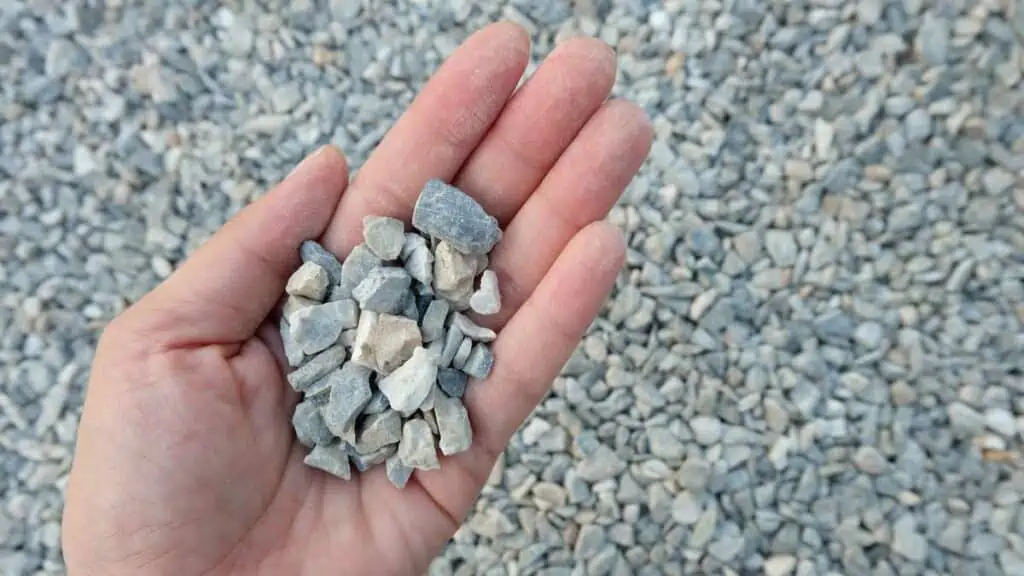
Crushed stone is similar to gravel in that it is stable and provides good drainage. However, it can be difficult to level and may not be the most attractive option.
Asphalt
Asphalt is a strong and stable base but can become very hot in direct sunlight. This could be uncomfortable for hot tub users, particularly on their feet, when getting into or out of the hot tub.
Grass
It is not recommended to place a hot tub on grass because the weight of the hot tub and the water inside it can cause the ground to sink and become uneven.
Summary
By creating a gravel pad, you can ensure proper drainage and prevent any moisture-related issues that could arise from placing a hot tub directly on the ground.
When selecting the gravel for the hot tub base, using a compacted and well-draining type is essential. This serves to prevent water accumulation and potential damage to the hot tub or the deck.
A gravel base for a hot tub works by providing a stable and level surface, allowing for proper weight distribution and reducing the risk of sagging or tilting.
Other related hot tub articles
How much chlorine to add to a hot tub for the first time?
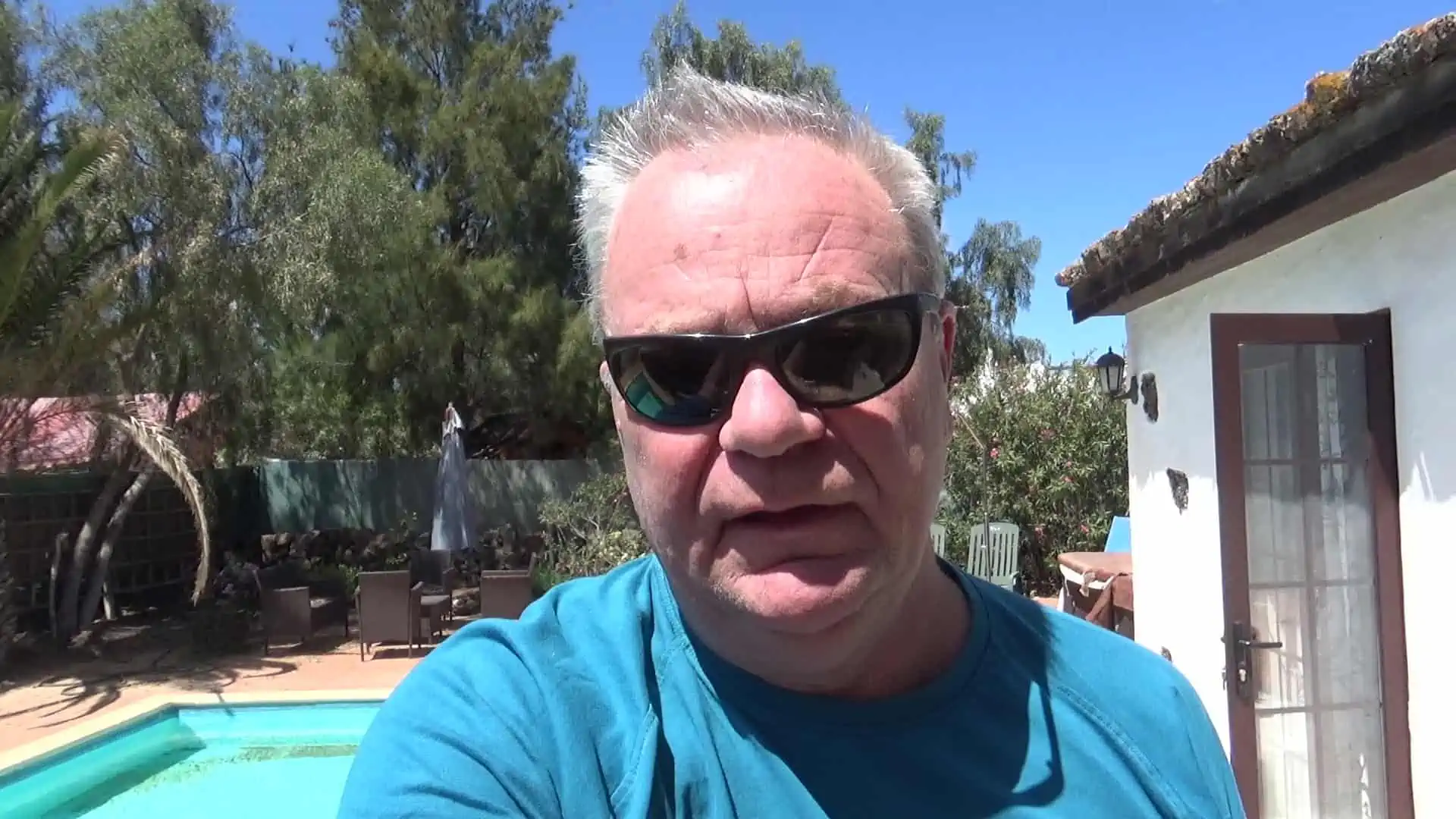
I have had hot tubs for over 20 years and a pool for the last 10 years. I had to learn how to clean, maintain and fix them the hard way. Since then I have helped many friends and neighbors with their pools and now I want to share everything I have learned with you. About Me

